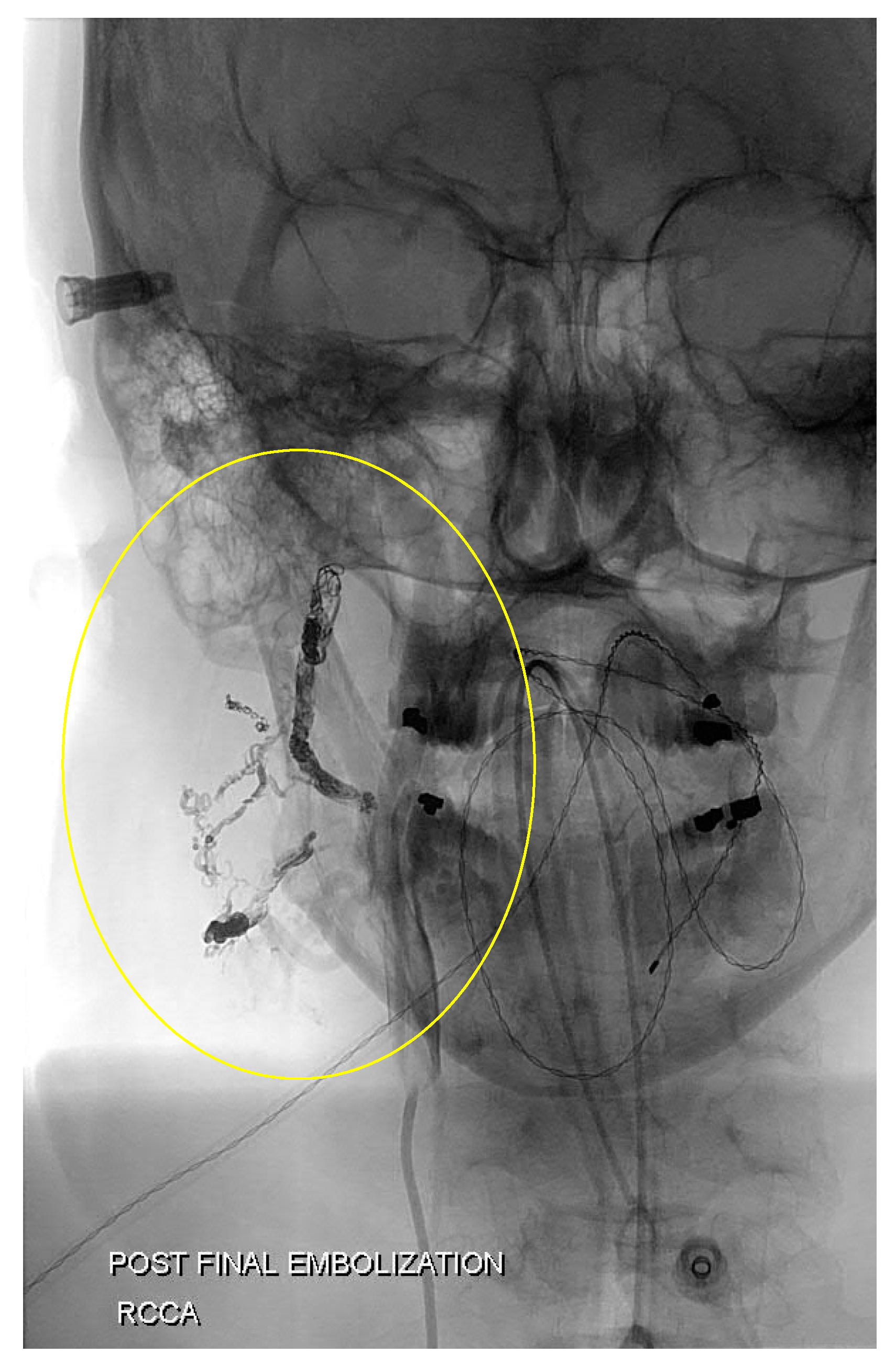

No breed, or sex predilection have been shown in patients with PSS however purebred dogs seems to have a higher incidence. The importance of GABA as an inhibitory neurotransmitter binding to benzodiazepin receptors in the brain is controversial in the pathogenesis of HE. GABA-like activity substances are produced by bacteria in the GI tract. Gamma Aminobutyric Acid (GABA), an inhibitory neurotransmitter is found in increased concentration in cerebrospinal fluid of patients with HE.

Tryptophane by itself is highly neurotoxic and can induce neurologic signs. Phenylalanine and tyrosine are precursors for synthesis of the weak neurotransmitters (octopamine and beta-phenylalanine) whereas tryptophane is a precursor of serotonine, a potent inhibitor. AAA induce synthesis of weak neurotransmitters and/or inhibitor neurotransmitters. Ĭoncentration of circulating Aromatic Amino Acids (AAA)(phenylalanine, tyrosine, and tryptophane), increases during HE. Other toxins that may be involved in the pathogenesis of HE include phenols, bile salts, and “middle molecule." These neurotoxins do not induce HE alone but have a synergistic effect with ammonia. SCFA alter brain energy metabolism but are less neurotoxic than ammonia or mercaptans. Metabolism of dietary medium-chain triglycerides produce Short Chain Fatty Acids (SCFA) (butyric, octanoic, valeric acids). At low dose, it acts synergistically with ammonia and short chain fatty acids to induce HE and coma. Methanethiol is the most toxic metabolite of mercaptan. Mercaptan is the result of bacterial metabolism of methionine in the gut. This may suggest the importance of other toxins. Although ammonia is a potent neurotoxin there is no correlation between patient ammonia blood level and severity of neurologic signs. Ammonia may also increase cerebral concentrations of inhibitory neurotransmitters. It also increases the permeability of the blood brain barrier. In patients with PSS however, ammonia is distributed unchanged to the systemic circulation where it acts as a potent neurotoxin. In the liver, ammonia transported by the portal circulation is transformed to urea. Urease positive bacteria in the normal flora of the intestine produce ammonia from urea and protein. Ammonia, mercaptans, tryptophane, aromatic amino acids, short chain fatty acids, “false” neurotransmitters, and gamma amino butyric acid are the major toxins known to participate in the pathophysiology of HE.Īmmonia is derived from the degradation of dietary or endogenous proteins and amino acids by bacteria in the gut. The two most common causes for the HE are liver failure (with significant reduction in the liver function) or PSS. Hepatic Encephalopathy (HE) is related to accumulation of neurotoxins in the systemic circulation normally extracted by the liver. Eighty percent of the PSS are single, 72% are extrahepatic, and 95% are between the portal vein and the caudal vena cava. hepatic cirrhosis) result generally in the development of acquired shunts.Ĭongenital portosystemic shunts may be classified as single or multiple and intrahepatic or extrahepatic. Portal hypertension secondary to primary liver disease (i.e. Treatment of choice for congenital shunt is partial or complete surgical ligation of the anomalous vessel this may result in fatal portal hypertension in patients with acquired shunt. Differentiation between single congenital and multiple acquired shunts is important, as their treatment and prognosis differ greatly. Dogs or cats with congenital portosystemic shunt present with multiple clinical signs related to HE. Hepatic growth and size are maintained by normal portal blood flow (80% of the total liver blood flow) and hepatotrophic hormones (insulin, glucagon).ĭiversion of portal blood flow results in atrophy of the liver inducing further deterioration of liver function. Toxins, hormones, nutrients, escaping bacteria, and exogenous drugs also bypass the liver resulting in hepatic encephalopathy (HE). Portosystemic shunt (PSS) is an abnormal vessel that shunts portal blood from the splanchnic circulation to flow directly to the systemic circulation by passing the liver.


 0 kommentar(er)
0 kommentar(er)
